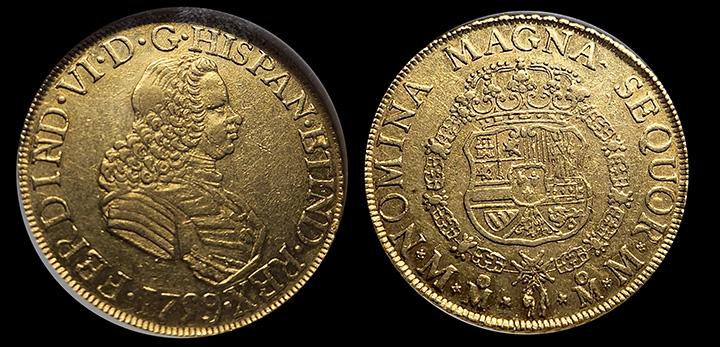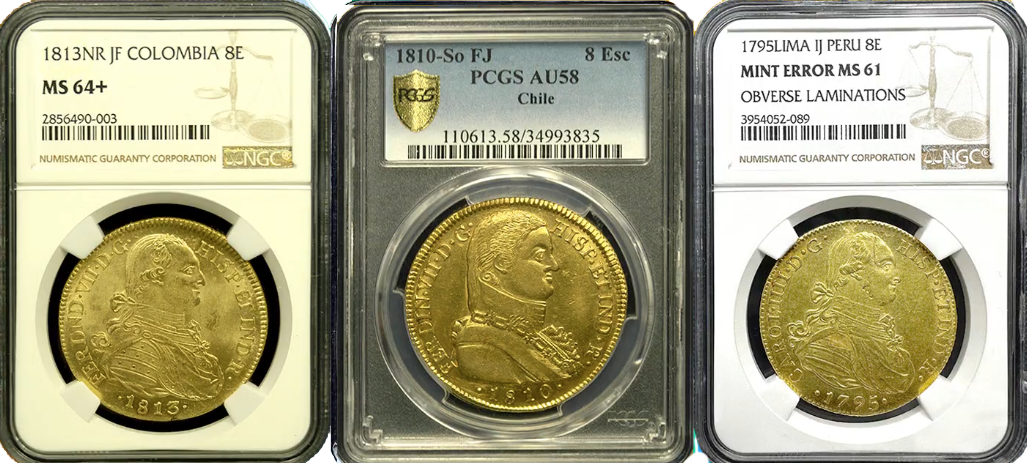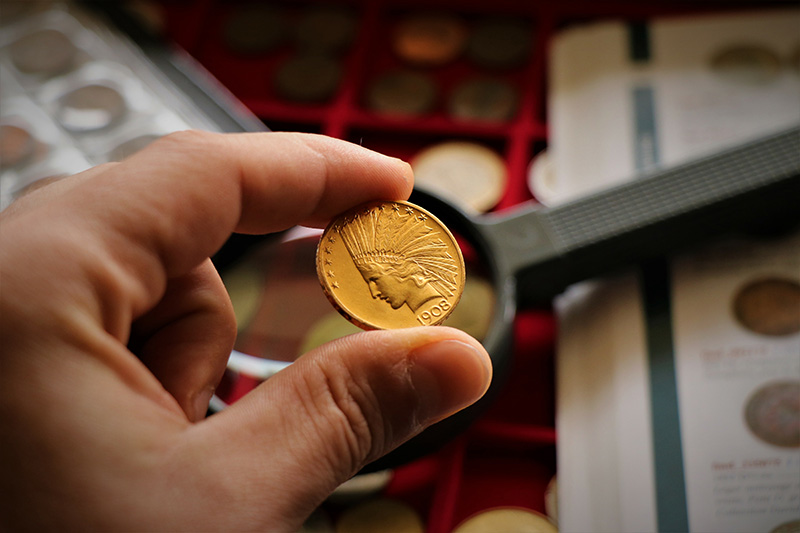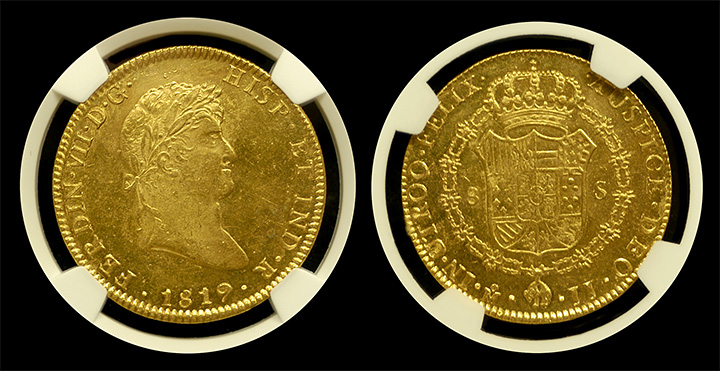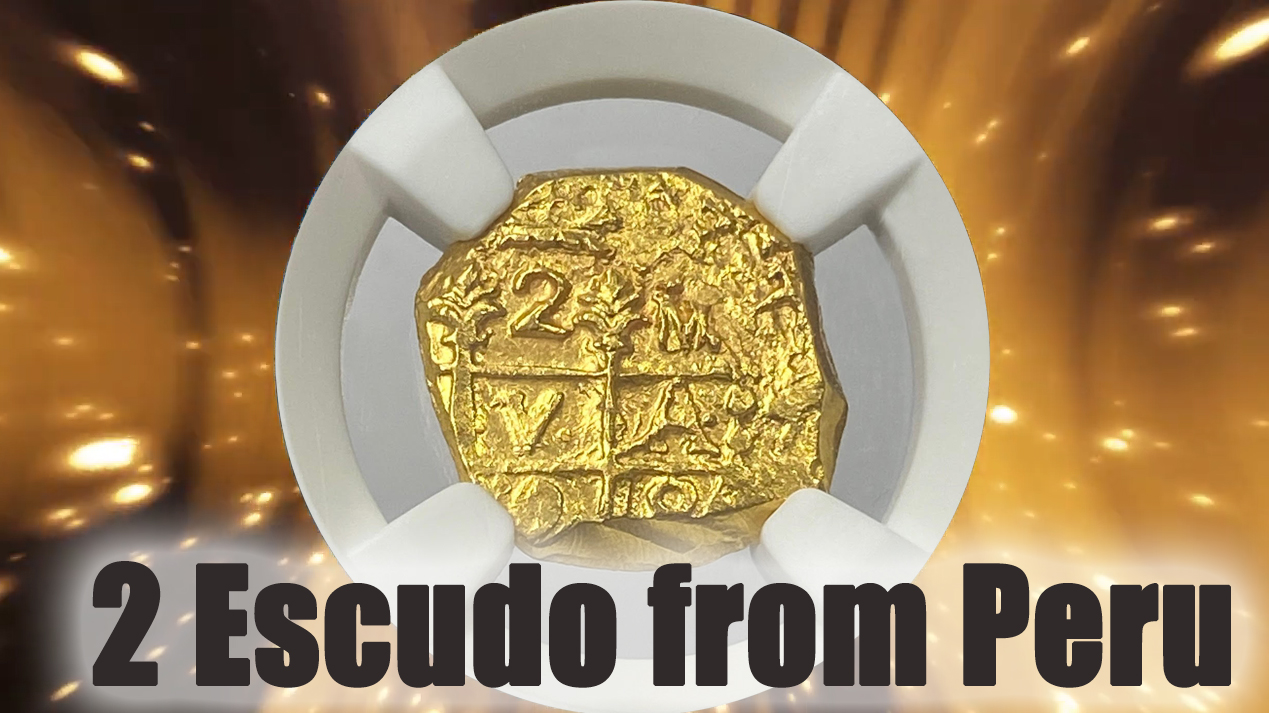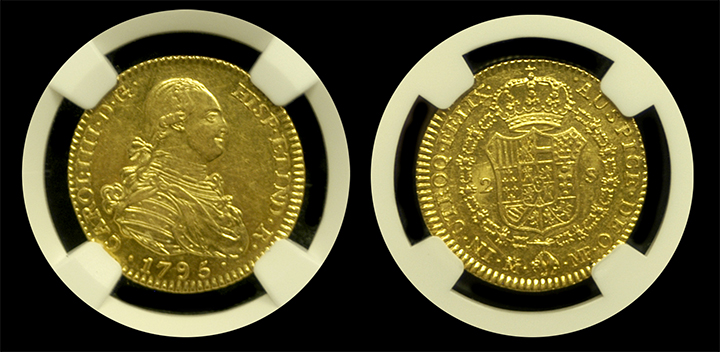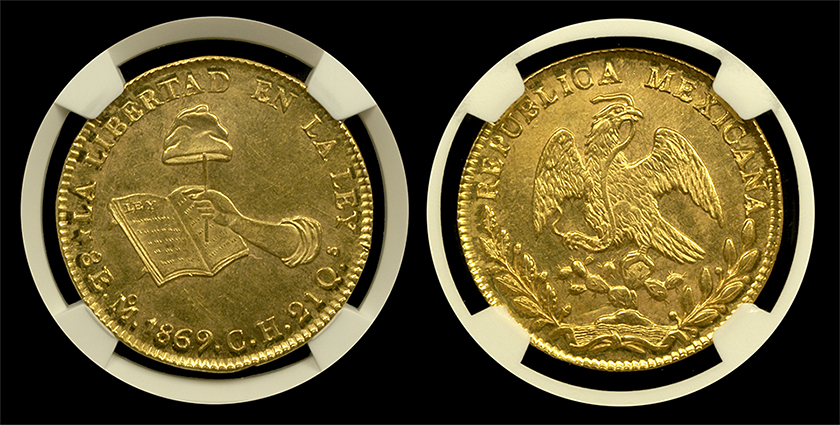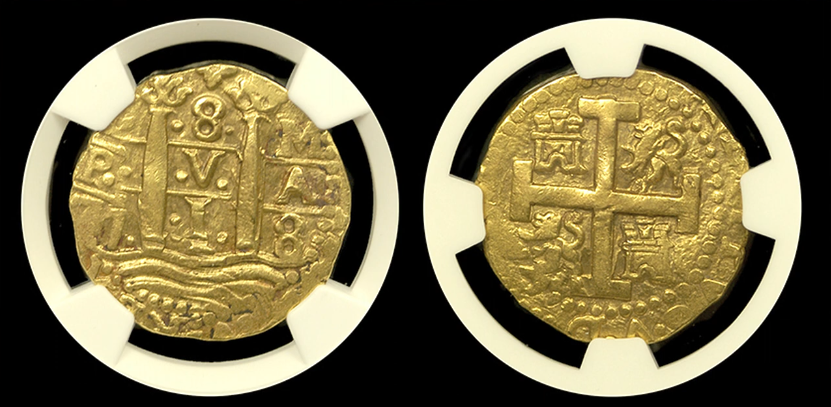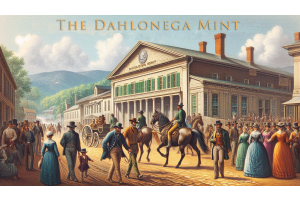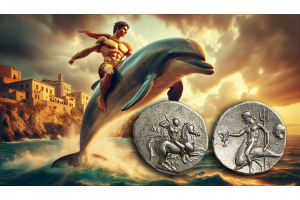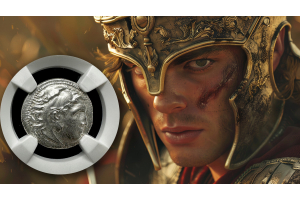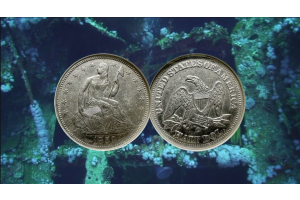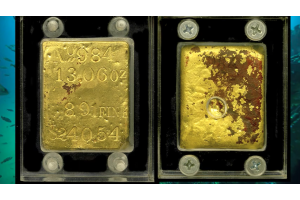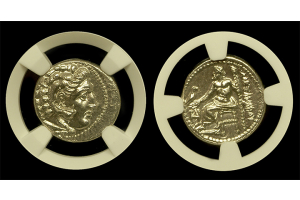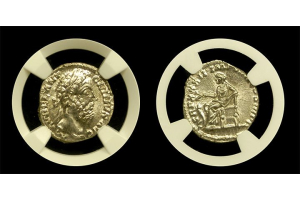Gold Escudos
- Posted: December 06, 2024Read more »
The Rich History of Mexican Coinage: From the 8 Escudo to Modern Currency
The evolution of Mexican Coinage has a rich history that reflects its cultural and economic evolution. Mexico's coins have captured significant historical moments from the Spanish colonial era to modern times. The story of Mexican coinage spans centuries, encompassing colonial wealth, revolutionary transformations, and the modern era of artistic designs. This blog explores key periods in Mexican history and the coins that defined them, including the iconic 8 Escudo and its enduring legacy among collectors.
- Posted: March 27, 2024Read more »
Introduction
In the annals of South American history, the legacy of Spanish colonization looms large. Above all, it profoundly shaped the region's cultural, social, and economic landscapes. Central to this influence was the establishment of a robust monetary system, centered around the escudo. This article delves into the origins, evolution, and impact of the history of South American escudos. Basically, tracing their journey from the Spanish conquest to their enduring legacy in modern times.
Origins of Spanish Colonization in South America:
The origins of Spanish colonization in South America trace back to the early 16th century. Particularly, when Spanish explorers, spurred by dreams of
- Posted: January 26, 2024Categories: Electrum Coins, Rare US Coins, Rare Gold Coins, Egyptian Empire, Alexander the Great, Rare World Coins, Rare Silver Coins, Shipwreck Coins, Medieval Coins, Ancient Persian Coins, Ancient Roman Coins, Silver Reales, Ancient Coins, Gold Escudos, Macedonian Empire, Ancient Greek Coins, Byzantine Empire, US Bronze Medal, Platinum Coins, World Gold Coins, Gold and Silver Bullion, Lydian Empire, Ancient Silver Coins, Ancient Egyptian EmpireRead more »
Introduction: A Guide to Building Your Unique Treasure
In the world of rare coin collecting, enthusiasts are captivated by history and welcome tips on collecting rare coins. Museums, such as the American Numismatic Association Money Museum, showcase extraordinary collections. The Smithsonian National Numismatic Collection and the British Museum contribute to our appreciation of rare coins, emphasizing their historical significance.
The allure of rare coins extends beyond museum walls. Auction houses and private collectors frequently make these numismatic treasures available for sale. Rare coin collecting is not just a cultural and historical journey; it's also an opportunity for financial gain. Rare collections, featuring sought-after coins, can
- Posted: July 27, 2023Read more »
In the early 19th century, Mexico stood at a crucial juncture in its history. Consequently, 1819 was a pivotal year, the nation was grappling with the aftermath of the Mexican War of Independence. It had concluded just three years prior. As the dust settled and Mexico sought to forge a new path. However, it faced an array of challenges and opportunities that would shape its destiny.
A Hard-Won Independence
One of the significant aspects of Mexico in 1819 was the emergence of King Ferdinand VII of Spain, whose reign carried immense significance for the country. Undoubtedly, Ferdinand's rule was marked by his dedication to restoring order and stability in the recently independent Mexico. Moreover, his image on the 1819 Mexico 8 Escudo coin, facing right with a crown of leaves, symbolized his authority and the hope he brought to a nation seeking stability
- Posted: September 17, 2022Read more »
Gold Cob collectors didn't learn the true story of the failed gold mint at Cuzco (1698-99) until 1964. For years, the truth was hidden in the Mint archives of Spain and Peru.
Prior to 1964 only one 1698 C M Peru 2 Escudos was known to exist. Hence, the 2 Escudo was under extreme scrutiny and reputed as being a fake. Consequently, after the recovery of the 1715 Fleet, everything changed. Most importantly, a small quantity of 1698 C M Peru 2 Escudos were discovered. This totally vindicated the one 1698 coin previously found. In conclusion, it was indeed very real and not a fake. In fact, it was a one year type only struck in Cuzco, Peru.
The truth revealed that the Cuzco
- Posted: July 25, 2022Read more »
A common question we get is "What is a Spanish Escudo coin?" The Escudo was and is Spanish currency. Escudos comes in both gold and silver. Interestingly, the first Escudo gold coins were introduced in 1535/1537. They were issued in denominations of 1⁄2, 1, 2, 4 and 8 Escudos. In addition, the 2 Escudos coins were commonly known as Doubloons and worth 16 reales.
Gold Escudos were issued until 1833. They are beautiful coins with great attention to detail. As a result, these gold coins from Spain in the 1790’s have remarkable eye appeal. Today's coin collectors and investors
- Posted: May 13, 2022Read more »
Mexico first declared Independence from Spain in 1810. To clarify, this happened on September 16th, 1810. Before then this area was more commonly referred to as New Spain. The declaration of Independence led to a 11 year war against Spain. Unfortunately, it wasn't until August 24, 1821 that Spain finally recognized Mexico's Independence.
This was the dawn of the once New Spain turning into the new Mexican Empire. Gone were the days of the Spanish Catholic monarchy. A new federal republic was finally declare and by 1924 they codified Mexico's new Constitution. It is important to note, there were some reattempts by Spain to re-concur New Spain. However, by 1836 Isabella II and Spain finally fully recognized Mexico's independence.
- Posted: December 17, 2021Read more »
Spanish Colonial gold coins salvaged from the 1715 Fleet off the east coast of Florida are called Gold Cobs. Gold Cobs are the original Doubloons. Therefore, the Doubloon is a solid gold coin. Even though the Spanish called their gold coins Escudos, Doubloon became the nickname for a two Escudo coin. In addition, the word Doubloon is actually taken from pirates calling these two Escudos "double-one," which turned into “Doubloon.”
As commerce increased between North America and South America so did the need for coins. Spanish Gold Cobs were minted from the early 1600s to the early 1800s. They were minted in Bolivia, Chile, Columbia, Guatemala, Mexico, and Peru and were circulated as far




